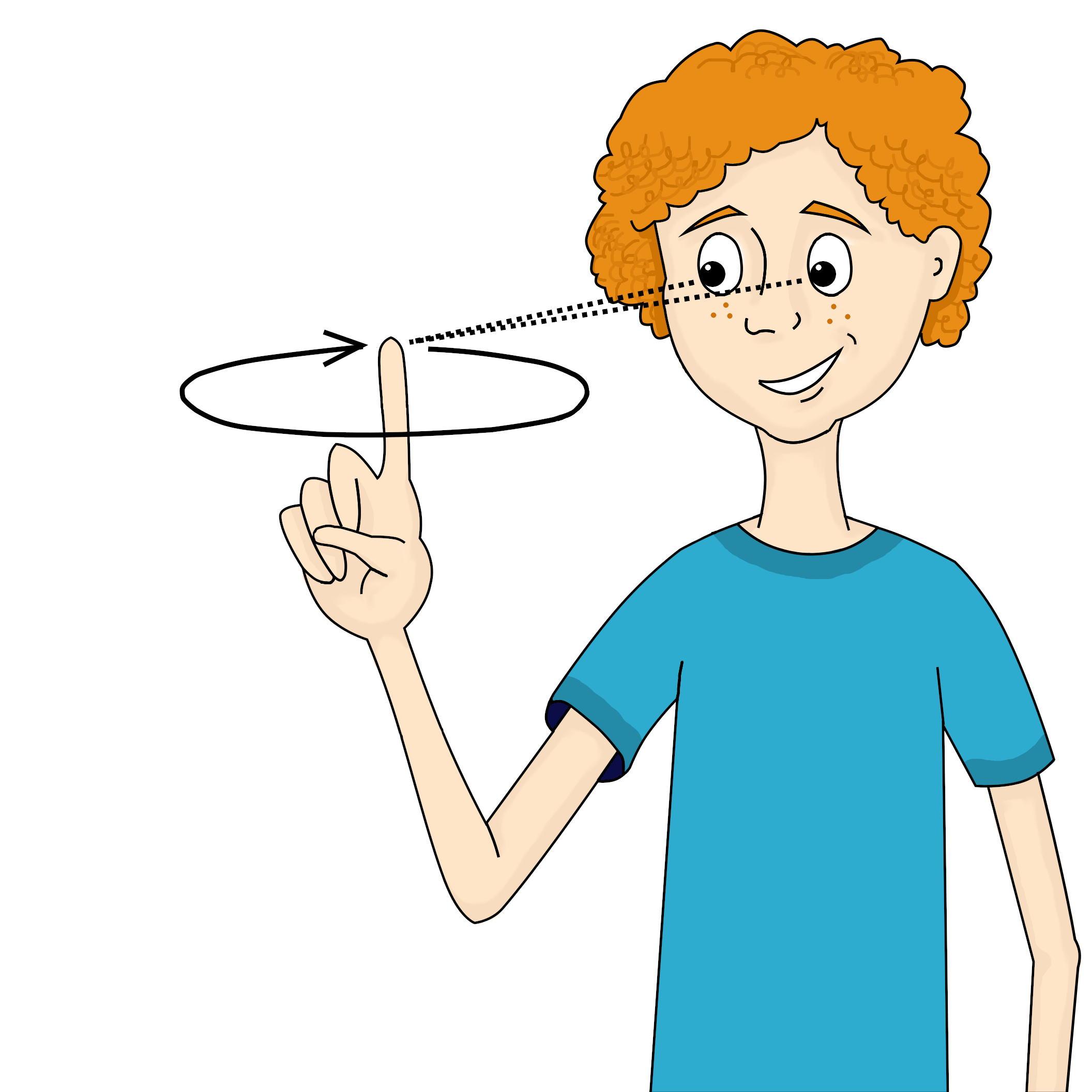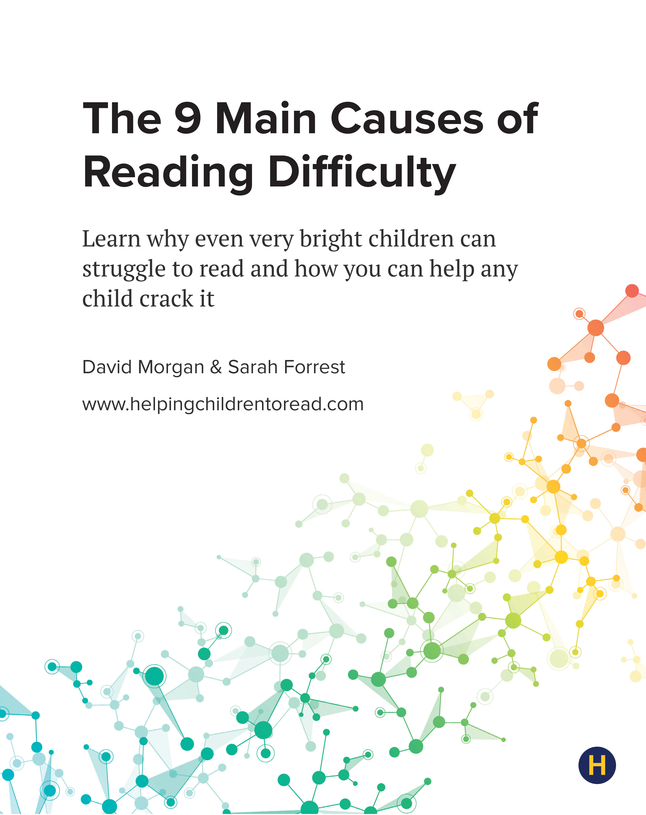Causes of Reading Difficulty
Eye-TrackingWeak eye-tracking function in the eyes causes skipping of words
How eye-tracking weakness affects reading
When reading, your eyes have to focus on a word/grouping then jump to the next word/grouping. Each jump is called a saccade. It is an incredibly fine-tuned muscular movement controlled by the brain’s cerebellum. About 25% of struggling readers have a weakness there.
That weakness shows up with skipping of words, or losing your place on a page, or jumping lines. You will also see a child read a single word fine, but then really struggling with lines of text. Reading can be badly affected by this quite apart from any decoding difficulty.
The neurology of eye-tracking
The cerebellum sits at the back of the brain and spends its life moderating sensory and motor inputs. It is a vital neurological engine for most of our physical movements.
One of its jobs is controlling the six extra-occular eye muscles that surround your eyeball. If you ask someone to scan a room to find an object, you will see their eyes jumping from spot to spot rather than smoothly gliding. The flocculus within the cerebellum is responsible for that. And if it’s not working well, then scanning text will be difficult.
A related issue is convergence. That is when the your eyes are focusing on a near object, like when you bring a pencil tip towards your nose. Your two eyes send two images to the brain and the brain sews them together to present a seamless visual experience. If that process is wonky, then the brain is working extra hard, which makes a close task like reading exhausting and prone to error. You can read more about that convergence and literacy struggles link here, from the University of Waterloo.
Fixing tracking difficulties
There is a set of simple exercises to give the cerebellum a workout. Before listing them below, it’s also helpful to note that omega oils can be beneficial for the functioning of your neurons. We don’t regularly recommend supplements, but any deficit in omega 3 oils usually has a negative impact. You can find them in natural food sources if pills are your (or your children’s!) thing.
Ninja eye tracking exercise routine
Here is the exercise routine for your child:
Step 1
Put your arm out in front of you with one finger pointed up to the ceiling.
Step 2
Then without moving your head, draw a flat circle in the air with your finger, while tracking it with your eyes.
Step 3
Draw ten circles in a session, unless that is too much. Then stop and try to do it again in an hour. Your aim is to get 5-10 sessions done each day, for ten days.

Interested in learning more? We literally wrote the book on it! Our Amazon bestseller on The 9 Main Causes of Reading Difficulty pulls back the neurological curtain on why YOUR child is struggling, and how to fix it.

